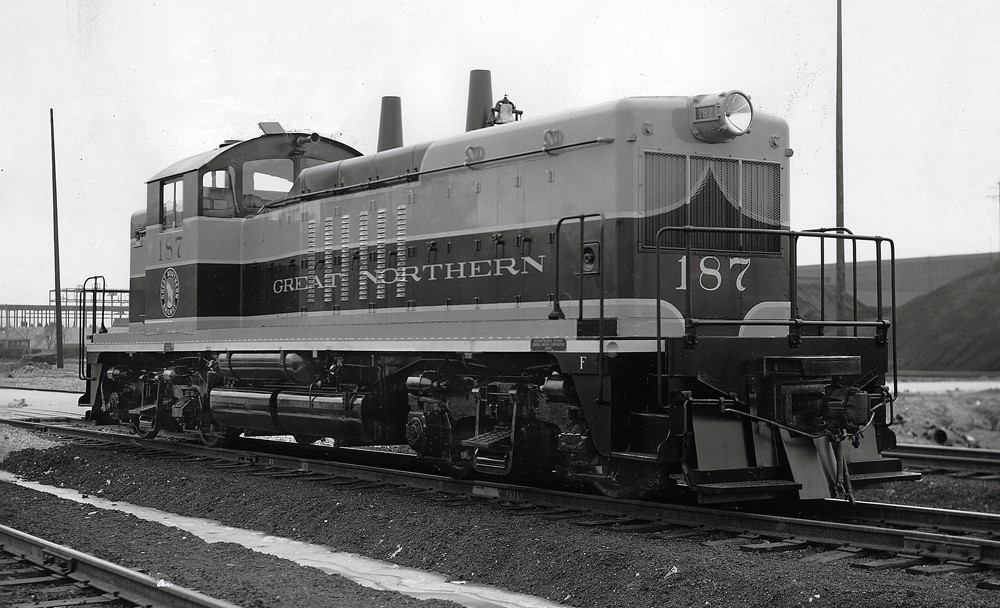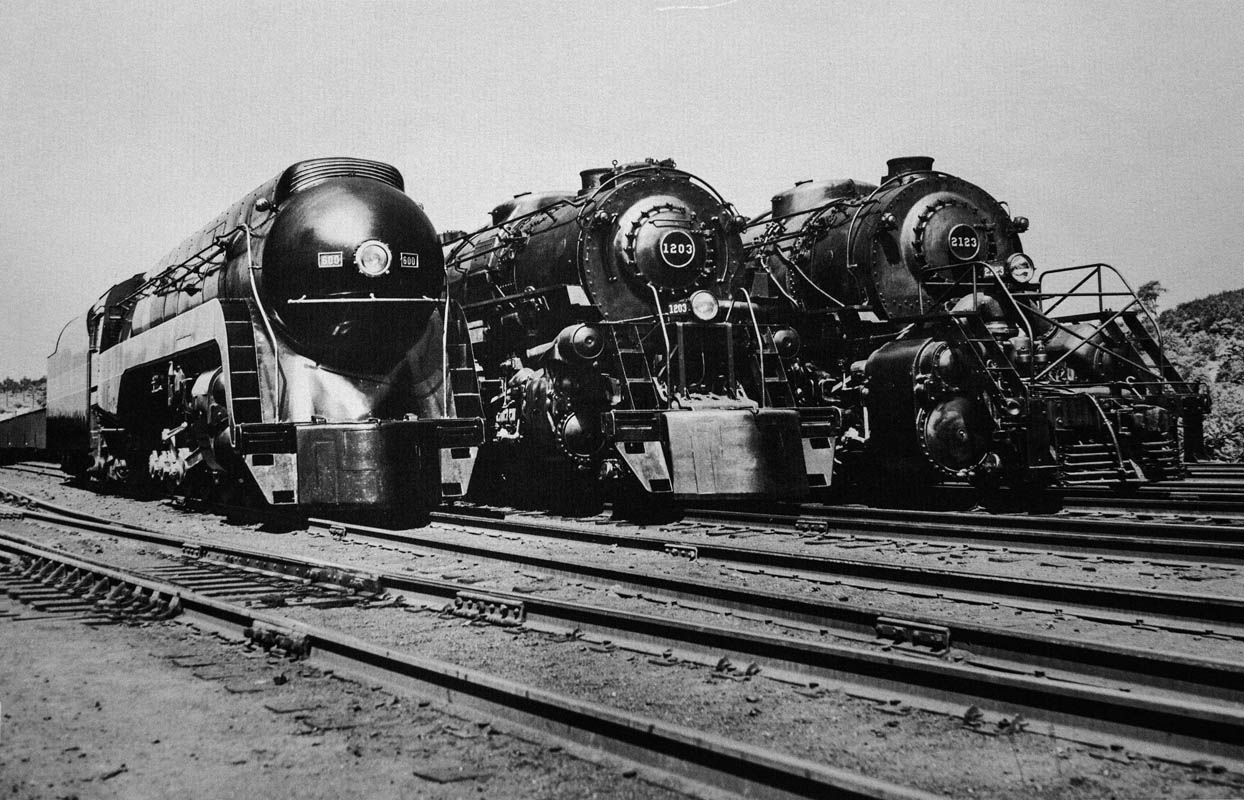Although some units proved long-lived, the EMD NW5 sold just 13 copies.

Although the pre-World War II EMD NW3 was not a stellar seller, after cessation of hostilities in 1945, the builder was keen on revisiting the idea in order to mine the light switcher market dominated by the Alco RS1 and Baldwin RS12. Part of the reason is that while there was nothing wrong with design and construction of the three, the builder was instructed by the War Production Board to concentrate primarily constructing road units. There was no room for the NW3.
Born in 1946, the 12-cylinder, 1,000-hp NW5 was the same yet a little more refined. From certain angles the NW3 could look like spare parts put onto a frame and made to work. The NW5 was given a little more eye-pleasing shape and this time three railroads, the Great Northern, two to Union Belt of Detroit, and one for Southern, all signed on for the model.
EMD moved the steam generator on the NW3 from the side to the short hood, allowing for a far more pleasing design. They toiled well in their assignments and could be seen holding switching jobs as well as powering locals and branch lines. Ultimately it was high miles and age that sidelined them, and, like their brethren before them, most met the scrapper’s torch.

Yet, comparative oddballs that they were, three can be seen today; Great Northern 192 is displayed at the Lake Superior Railroad Museum in Duluth, Minn.; Southern 2100, after serving primarily in New Orleans, was purchased by the Massachusetts Central, and the former Fort Street Union Depot unit is at the Florida Railroad Museum in Parrish, Fla.
Would a short line buy one today if they were searching for a reliable light road switcher? If they could get the necessary parts to keep it operating, and the owner wanted to put up with 1940s technology, there is no reason it couldn’t be an asset for years to come.













